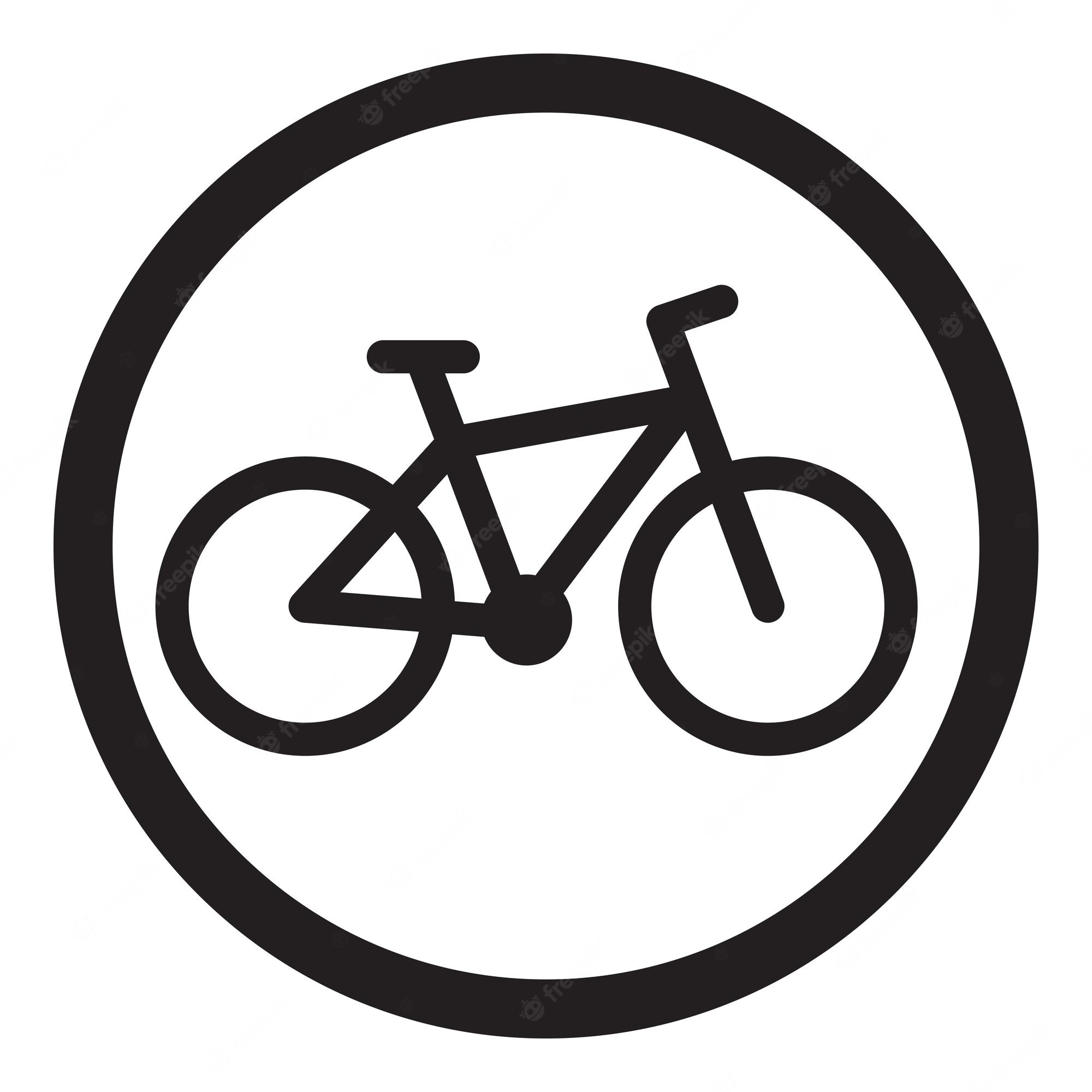

Blind spots are blind because there’s no direct path from any part of the bike to the driver’s eyes. If the design is specifically worried about being in a blind spot, ironically the better design is to concentrate the LED power with narrow beam of light so the bike can cast light further away outside the blindspot.
Anyway, being in a blindspot is dangerous even for cars that have those ridiculously overpowered bright headlamps. When a driver says the “cyclist came out of nowhere” it just means the driver was driving carelessly. More lamps won’t solve that.

I’m speaking a bit out of my field here because I’m not Japanese, but I had the impression that historically, many Japanese cities are much more amenable to share the sidewalk with cyclists (compared to EU/NA), and several of these bike lanes start and end abruptly as part of the sidewalk instead of the road anyway, right? Same goes for pedestrian sharing space with cars and bikes in their narrow streets, sidewalks are almost non-existent because they’re culturally acclimatized to just walking in the street and hop on the sidewalk only if a vehicle needs to pass by.
And by looking at the ridiculously unsafe bike “lanes” they have (almost all are totally unprotected), I’d definitely be on the sidewalk if I lived there too. If you want Japan to enforce bike lanes, you gotta ask Japan to build better bike lanes first 🤷♂️